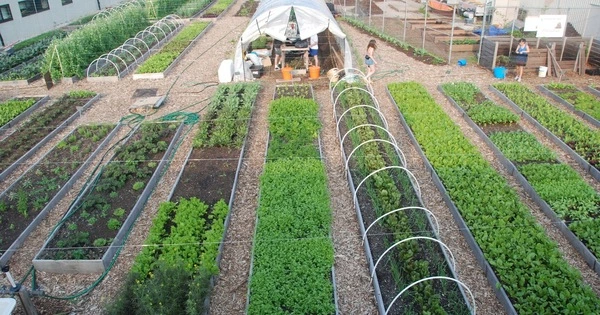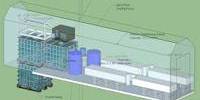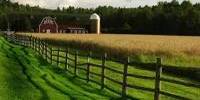Urban agriculture refers to diverse ways of cultivating, processing and distributing food in urban environments. It refers to the activity of cultivating, processing and delivering food within or near metropolitan areas. The term also refers to urban animal husbandry, aquaculture, beekeeping, and horticulture. It includes a wide range of activities, from rooftop gardens and community gardens to aquaponics systems and vertical farming.
Urban agriculture differs from peri-urban agriculture, which occurs in rural areas on the outskirts of suburbs. It might arise at various stages of economic and social development. It could involve a movement of organic farmers, “foodies,” and “locavores” who want to build social networks based on a shared ethos of nature and community.
With proper institutional support, these networks can grow and become integrated into local town planning as a “transition town” movement for sustainable urban development. Others are motivated by concerns about food security, nutrition, and revenue generating. In either instance, increased direct access to fresh vegetable, fruit, and meat products from urban agriculture can improve food security and safety.
Urban agriculture has gained popularity in recent years due to its potential to address various urban challenges and provide numerous benefits:
- Access to Fresh Produce: It can improve access to fresh, locally grown produce in urban food deserts, where access to healthy food options is limited.
- Food Security: It can contribute to food security by reducing the reliance on long-distance food transportation and the vulnerability of urban areas to disruptions in the global food supply chain.
- Environmental Sustainability: Growing food in urban areas can reduce the carbon footprint associated with transporting food long distances. It also promotes sustainable practices like composting and rainwater harvesting.
- Community Building: Community gardens and urban farming initiatives foster a sense of community, bring people together, and provide opportunities for education and skill-sharing.
- Economic Benefits: Urban agriculture can create jobs and support local economies, particularly in underserved neighborhoods.
There are various forms of urban agriculture, including:
- Community Gardens: These are shared plots of land where community members come together to grow fruits, vegetables, and herbs collectively.
- Rooftop Gardens: Buildings with flat rooftops can be used for gardening, making efficient use of otherwise unused space.
- Vertical Farms: These are indoor facilities where crops are grown in stacked layers or vertical columns, using controlled environments and hydroponic or aeroponic systems.
- Aquaponics and Hydroponics: These soil-less farming techniques use nutrient-rich water to grow plants, often in combination with fish farming (aquaponics).
- Urban Beekeeping: Keeping honeybee colonies in urban areas can support pollination of plants and provide honey.
Urban agriculture has a number of challenges, including restricted space, soil contamination, zoning rules, and resource access. These problems, however, may be overcome with good planning, education, and community engagement, and urban agriculture can play an important role in constructing more sustainable and resilient communities.















